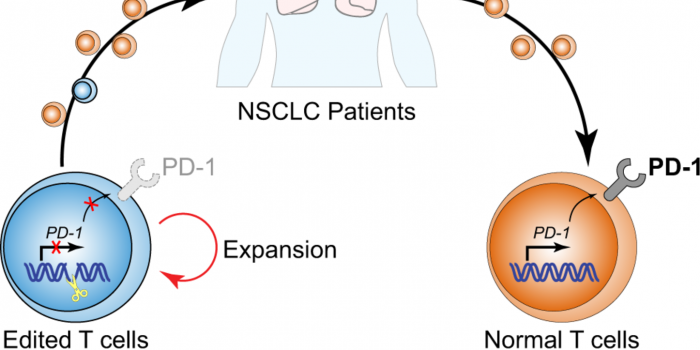by Beth JoJack – Medical News Today
A new treatment uses stem cells to generate dopamine and reverse Parkinson’s disease symptoms in rats. Image credit: Marian Vejcik/Getty Images
- Parkinson’s disease damages a specific class of neurons located in the midbrain.
- This robs the brain of dopamine, a neurotransmitter that helps control movement.
- In a new study, researchers describe a process for transforming non-neuronal cells into functioning neurons.
- Neural grafts in rats reverse motor symptoms caused by Parkinson’s disease.
More than 10 million people worldwide have Parkinson’s disease (PD), according to the Parkinson’s Foundation.
A progressive neurodegenerative disorder, PD damages or destroys neurons located in the midbrain. These neurons produce dopamine, a neurotransmitter that plays a role in movement. This lack of dopamine causes PD symptoms which include tremors, stiffness, and impaired balance and coordination.
Treatment with the drug L-Dopa can replenish the brain’s dopamine to alleviate some symptoms. However, continued use of the drug can cause dyskinesia or involuntary body movements.
The scientific community is working tirelessly to develop more effective ways to treat and understand PD.
In a new study, published in the journal npj Regenerative Medicine, researchers reveal that they reversed motor symptoms of PD in rats by implanting induced pluripotent stem cells (iPSC) to replace neurons destroyed by the disease.




